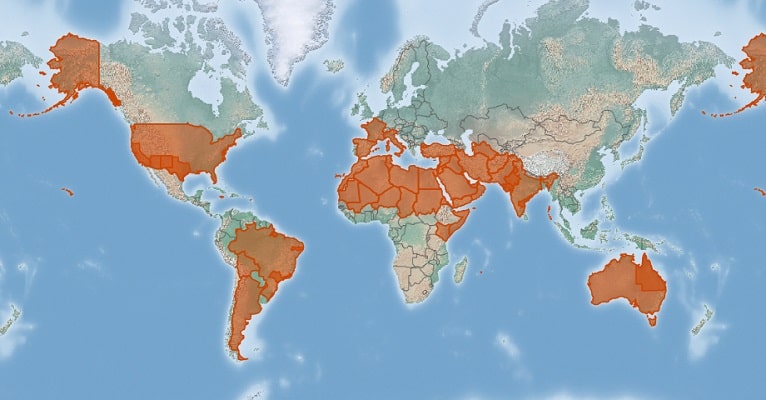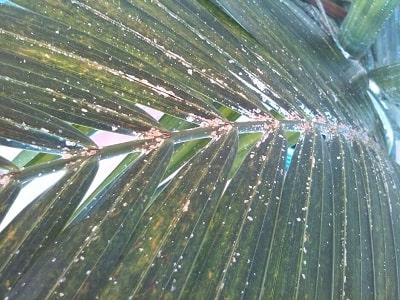The Menace of Date Palm Scale (Parlatoria Blanchard): A Threat to Date Palm Trees
Date palm trees, symbolizing resilience and abundance across many cultures, face a silent yet formidable adversary: Date Palm Scale (Parlatoria Blanchard), commonly known. While often associated with citrus trees, this insidious pest has found a new target in date palms, posing a significant threat to their health and productivity.

Common names

Identification and Lifecycle of Date Palm Scale
Parlatoria blanchardi is a species of scale insect belonging to the family Diaspididae. These tiny, oval-shaped insects typically measure only a few millimeters in length, making them difficult to detect with the naked eye. Their reddish-brown coloration camouflages well with the bark of date palm trees, further complicating their identification.
The lifecycle of Parlatoria blanchardi consists of several stages, including eggs, nymphs, and adults. Adult females produce a waxy covering under which they lay eggs. Upon hatching, the nymphs, known as crawlers, disperse along the trunk, fronds, and fruit of date palms, where they settle and begin feeding.
Damage and Impact
The feeding activity of Parlatoria blanchardi poses multiple threats to date palm trees. Firstly, the insects extract vital nutrients from the phloem sap, weakening the tree and stunting its growth. Prolonged infestations can lead to yellowing and premature shedding of fronds, reducing the aesthetic appeal of ornamental palms and compromising the yield of commercial date plantations.

Moreover, the waxy secretions produced by scale insects create a sticky residue that attracts dust and promotes the growth of sooty mold fungi. This unsightly mold further diminishes the visual appeal of date palms and interferes with photosynthesis by blocking sunlight, thereby impairing the tree’s ability to produce sugars and grow.
Management Strategies
Controlling Parlatoria Blanchardi infestations in date palm plantations requires a multifaceted approach that combines cultural, biological, and chemical methods:
- Cultural Practices: Regular inspection and sanitation of date palm trees are essential for early detection and removal of scale insects. Pruning infested fronds and maintaining proper hygiene in the orchard can help reduce population levels.
- Biological Control: Introducing natural predators and parasitoids of Parlatoria Blanchard, such as ladybird beetles and parasitic wasps, can help keep scale insect populations in check. Additionally, encouraging biodiversity within the ecosystem can create a more balanced environment where natural enemies of the pest thrive.

- Chemical Control: In cases of severe infestation, applying insecticides may be necessary to prevent significant damage to date palm trees. However, careful consideration should be given to selecting chemicals to minimize environmental impact and avoid harming beneficial insects.
- Integrated Pest Management (IPM): Adopting an integrated pest management approach that combines various control tactics in a coordinated and sustainable manner can effectively manage Parlatoria Blanchardi while minimizing reliance on chemical pesticides.
Conclusion
Parlatoria blanchardi poses a significant threat to date palm trees, jeopardizing their health, productivity, and aesthetic value. Vigilance, proactive management, and the adoption of sustainable pest control strategies are essential for safeguarding date palm plantations against this formidable pest. By working together, growers, researchers, and agricultural authorities can mitigate the impact of Parlatoria Blanchard and ensure the continued prosperity of date palm cultivation worldwide.
